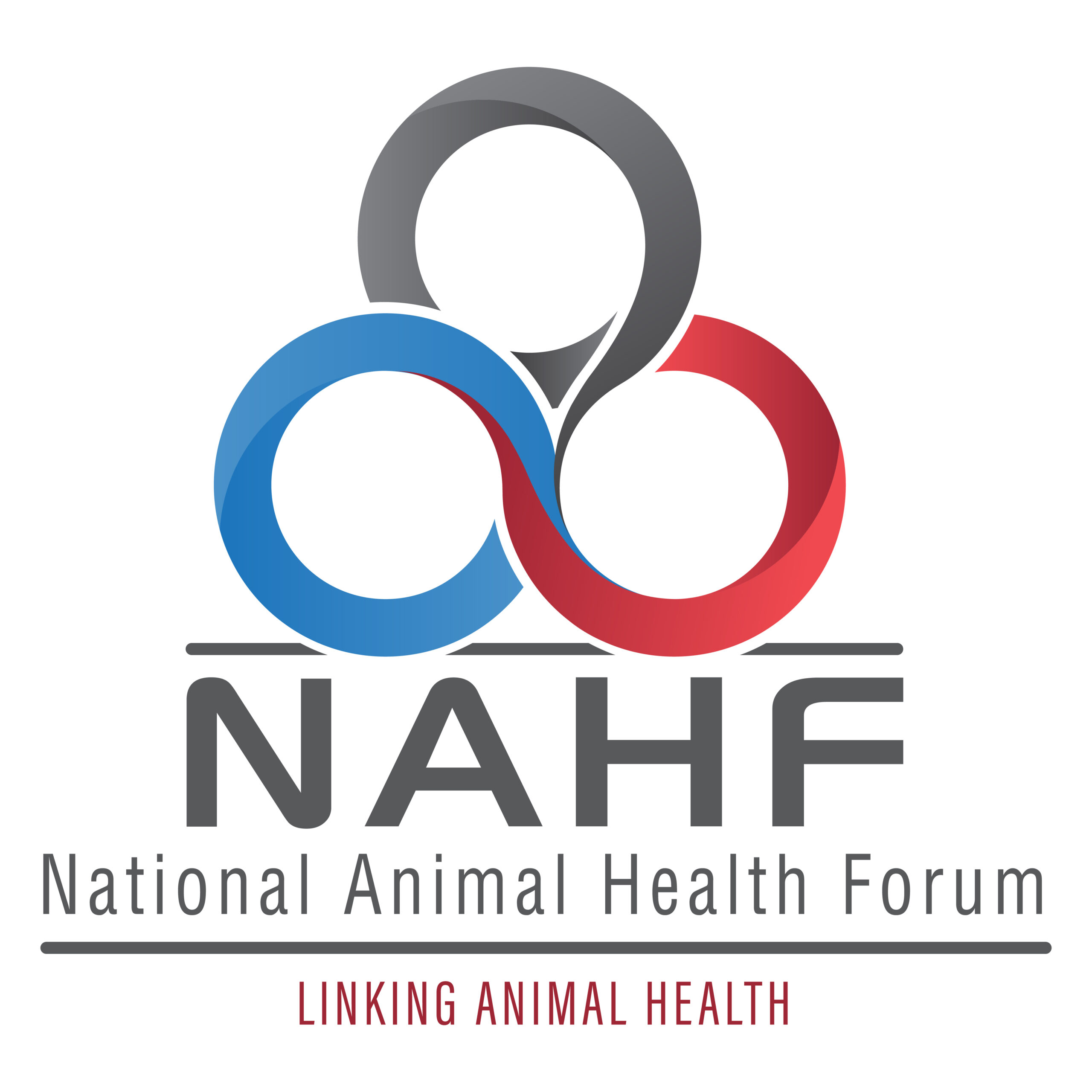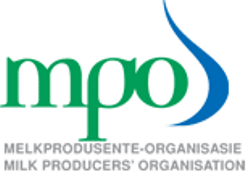
To keep the agricultural sector on its current growth trajectory, government urgently needs to address its shortcomings in terms of infrastructure and biosecurity management, inefficiencies in service delivery and issues around exports.
This was the opinion expressed by Bureau for Food and Agricultural Policy (BFAP) Commodity Markets and Foresight Manager, Dr Tracy Davids, at a webinar hosted by Nedbank Business Banking on 3 June 2021.
Davids said that, although agriculture was the standout performer during 2020, its contribution to the economy is often underrated. ‘While primary agriculture’s contribution to the gross domestic product (GDP) is 2%, agroprocessing adds another 3% to GDP, and the two sectors combined employ 10% of the working population, while producing a whopping US$4,4 billion international trade surplus for 2020.’
Reflecting on highlights from 2020, Davids said that horticultural crops experienced the strongest growth due to robust production volumes, high global prices and a weak rand. ‘Citrus particularly has shown solid growth, with soft citrus export volumes growing by 257% from 2011 to 2020, and lemons and limes up by 180% over the same period. Exports are the primary driver of expansion in horticulture, which dominates South Africa’s agricultural exports, and we are expecting more than 100% growth in macadamias (197%), avocados (123%) and oranges (106%) by 2030,’ she said.
South Africa’s livestock and field crop sectors, in contrast, are predominantly reliant on domestic markets, although beef exports grew in recent years. With South African consumer spending power constrained and real income per capita only reaching 2019 levels by 2025, Davids said this has had significant impact on consumption levels in 2020, especially beef and mutton, which are the most expensive and therefore most sensitive to weaker spending power. She said that profitability ratios declined in 2021 due to high feed prices and that livestock is a major driver of demand for field crops.
Davids cautioned that, although current high prices are being driven by import demand from China, smaller crop yields than expected in the US and dry weather in the Black Sea region, input costs continue to rise over time. This is largely due to South Africa being a net importer of key inputs like fuel and fertiliser, which are affected by higher oil prices, a weaker exchange rate and global supply dynamics.
Looking forward, Davids said that, although agriculture had a bumper year last year, it is a volatile sector due to its biological nature of production and susceptibility to external environments. ‘There is a strong upward trend but baseline growth is generally quite muted in this time of economic recovery and a generally weak consumer environment. The question we should be asking is how we boost the sector: rapid growth certainly won’t be handed to us, but there are many actions that can be taken to accelerate it.’
On this note, Davids stressed that the agriculture and food value chain is highly complex and we need to be globally competitive while introducing new entrants successfully in a capital-intensive production system. ‘Inclusivity is critical, but so are growth and competitiveness, and we need to continue building globally competitive value chains to supply affordable food products to an increasingly urbanised consumer base.’
Key to this is accelerating access to new export markets, improving protocols and securing preferential trade agreements. ‘Some 45% of South Africa’s agricultural export foreign revenue is derived from the mature markets of Europe and the UK, so there is limited opportunity for additional volumes in these markets. There is significant opportunity in markets in the East, but South Africa is stuck with unfavourable trade agreements, lack of market access or tough protocols.’
She said, ‘In addition, we need massive infrastructure development and improved efficiency to optimise logistics and manage growing volumes, while weather changes and climate change make it vital to expand and maintain our water infrastructure and ensure sustainability of our natural resources and land. And with increasing concerns around biosecurity, South Africa needs more effective management of animal and plant health.’
Davids added that efficient service delivery in terms of water, electricity, municipal services and safety is essential to improve competitiveness across the entire value chain, while comprehensive and customised farmer support and financing from both the public and private sector will result in productivity gains.
The Covid-19 lockdown illustrated how underestimated the role of the informal sector in primary agricultural production is, Davids said. ‘This really crystallises how important the Agriculture and Agroprocessing Master Plan (AAMP) is for the sector. In a study we undertook in the poultry industry, we quantified the impact the AAMP could have on poultry production by 2030: we found that gross value product (GVP) could be R4,2 billion above baseline projections for primary production, with 5 660 jobs created and 22 665 livelihoods improved, while black farmer output share could increase from 4% in 2019 to 15% in 2030.’
Distributed on behalf of Nedbank by:
Gillian Gernetzky
Percheron Strategic Communications
Tel: +27 21 790 2392
Cell: +27 82 892 8378
email: gillian@percheron.co.za
Published on Thursday, 24th June 2021 - 17:28
Recent Posts
disclaimer









